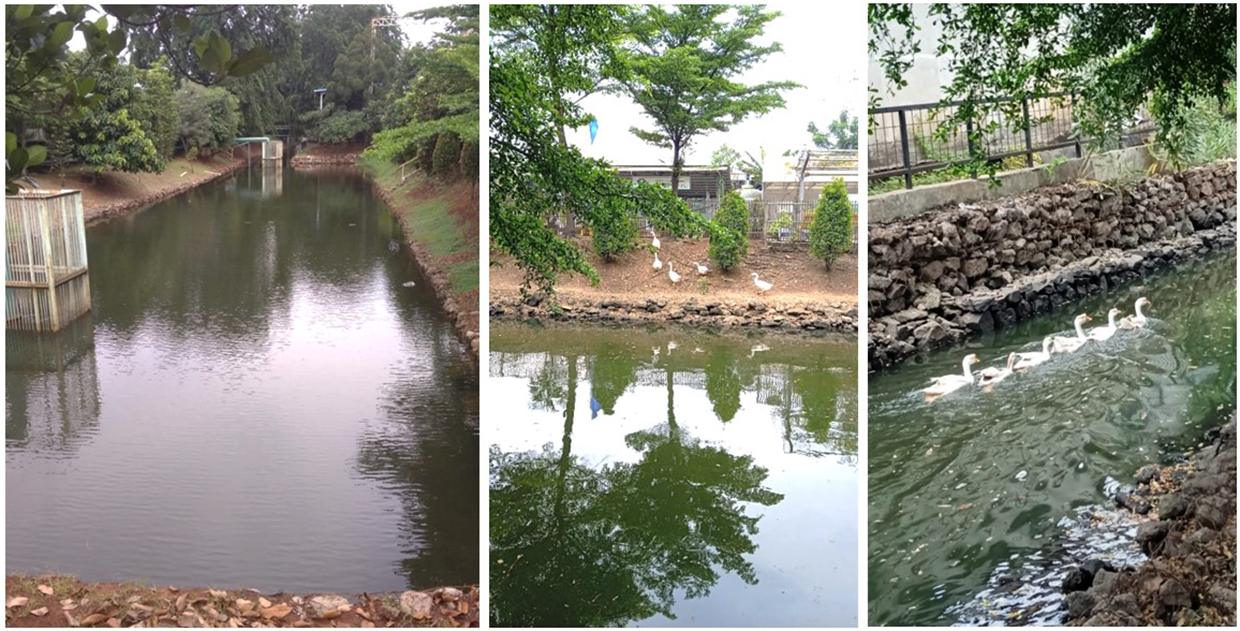Recognizing the potential impact of our business activities on our ecosystem, we have taken steps to maintaining our commitment to protect biodiversity in our areas of operation.
With the establishment of Komatsu's “Declaration of Biodiversity” and “Biodiversity Guideline” in January 2011, Komatsu has been actively engaged in biodiversity conservation and restoration activities across all of its global business sites. These efforts are promoted both by Komatsu and in cooperation with suppliers, customers, and partners who support the Declaration.
Recognizing that its business activities both depend on and impact biodiversity, Komatsu promotes conservation and restoration initiatives from two main perspectives.
First, the company continues to steadily advance its long-standing efforts to reduce the environmental impact of its operations. In addition, Komatsu has made it mandatory to consider biodiversity in land use decisions, such as during the construction of factories.
Second, Komatsu directly engages in biodiversity conservation and restoration through its “One Site, One Theme” initiative, which also aims to raise employee awareness by encouraging site-specific consideration of local ecosystems.
In response to evolving societal expectations, Komatsu refers to the framework of the Taskforce on Nature-related Financial Disclosures (TNFD) to identify and assess the nature-related dependencies, impacts, and risks associated with its overall business activities. Based on these assessments, Komatsu is further strengthening its efforts to conserve and restore biodiversity.
Komatsu Declaration on Biodiversity (Revised June 2023)
Komatsu recognizes that its business activities are dependent on and influence the biodiversity of ecosystems.
Based on this understanding, Komatsu strives to take actions in accordance with the guiding principles described below, as it shares a sense of responsibility regarding the biodiversity crisis, and strives to conserve diverse resources and promote their sustainable use.
Ⅰ(Recognition by Management)
Komatsu recognizes that the conservation and maintenance of biodiversity are important management tasks.
Ⅱ(Initiatives)
Komatsu shall promote its biodiversity activities integrally with those to address climate change issues from the following two perspectives.
In particular, avoid operational activities in areas and near sites of containing globally or nationally important biodiversity.
Ⅲ(Operation)
Komatsu shall promote activities by means of a step-by-step approach, taking feasibility into consideration.
Ⅳ(Working with the external partners)
In order to protect biodiversity in the regions in which we operate, Komatsu will undertake activities together with administrative agencies, local citizens, NGOs and other entities; by doing so we aim to become a corporation local communities can be proud of.
Ⅴ(Full participation activities)
Komatsu will promulgate the importance of biodiversity to all employees and undertake activities with their full participation. We will involve our suppliers and dealers as well as customers related to the lifecycle of Komatsu products in these activities and promote our initiatives on a global group-wide scale.
Ⅵ(Communication)
Komatsu will educate and disclose related information to employees. In addition, Komatsu will actively disclose information on activities being undertaken and work to contribute to heightening the level of societal awareness of the importance of biodiversity.
*Sites containing globally or nationally important biodiversity:
Komatsu established its “Declaration of Biodiversity” and “Biodiversity Guideline” in January 2011. Over the past decade, under the banner of “One Site, One Theme,” Komatsu’s domestic and overseas sites—including plants and offices—have consistently engaged in biodiversity-related activities.
In alignment with international frameworks such as the Convention on Biological Diversity, Komatsu complies with relevant laws and regulations of each country in which it operates, including those prohibiting illegal logging, and actively works to conserve and restore biodiversity in its operational regions. From 1992 to 2006, Komatsu carried out a reforestation project in Indonesia. Since then, we have continued our collaboration with local communities through initiatives such as transferring seedling cultivation technologies, distributing cuttings, managing experimental forests, and hosting local students and international researchers.
In addition, through Komatsu’s resource-circulating business Reman (remanufacturing), we are steadily promoting the reuse of recovered materials and the restoration of former mining sites, thereby contributing to environmental impact reduction through our business activities.
The year 2020 marked a decade since the Convention on Biological Diversity’s COP10 and the adoption of the Aichi Targets. Similarly, 2021 marked the 10th anniversary of Komatsu’s Declaration of Biodiversity. To mark these milestones, we conducted a biodiversity survey across the Komatsu Group by distributing a questionnaire. The objective was to assess current biodiversity initiatives, identify future challenges, and reaffirm our direction for the years ahead.
The results of the survey, showing the status of each site’s activities, are provided below.
Looking ahead, we aim to expand biodiversity conservation and restoration efforts across the full value chain. To this end, we will communicate our approach to suppliers and encourage their proactive participation in these initiatives.
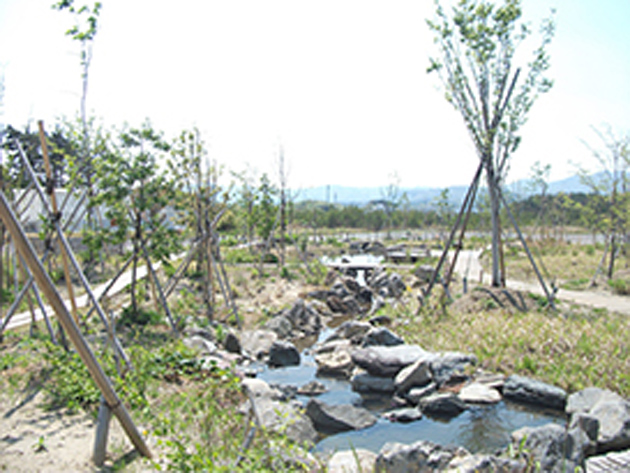
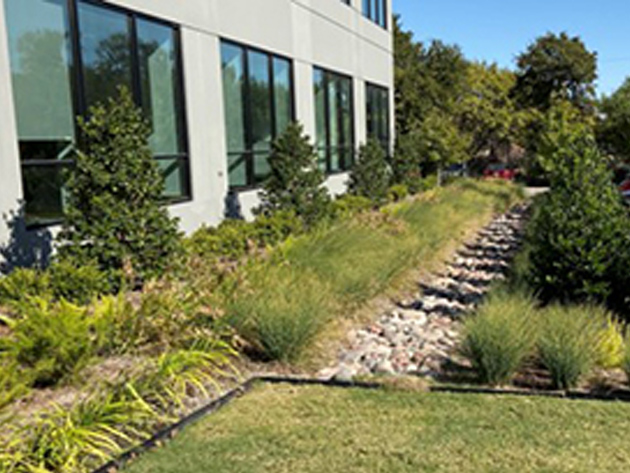
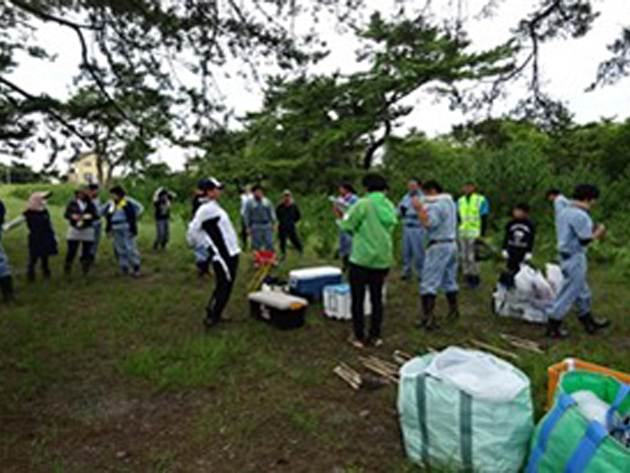
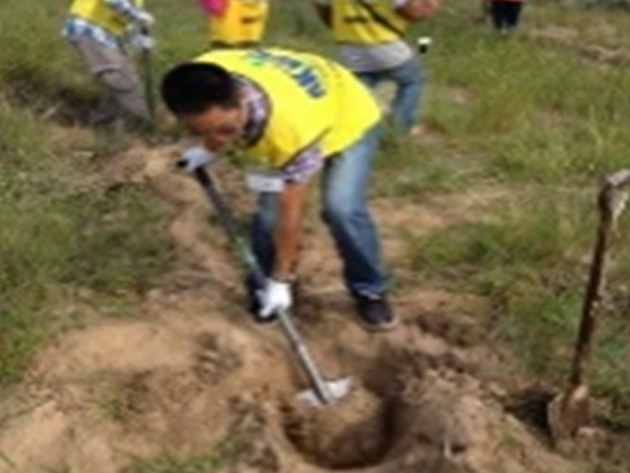
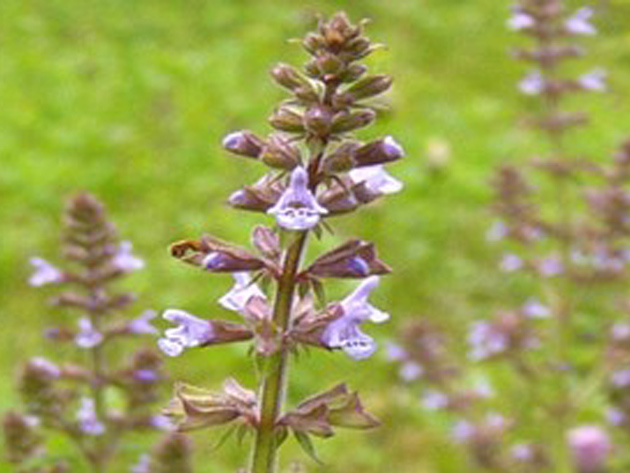
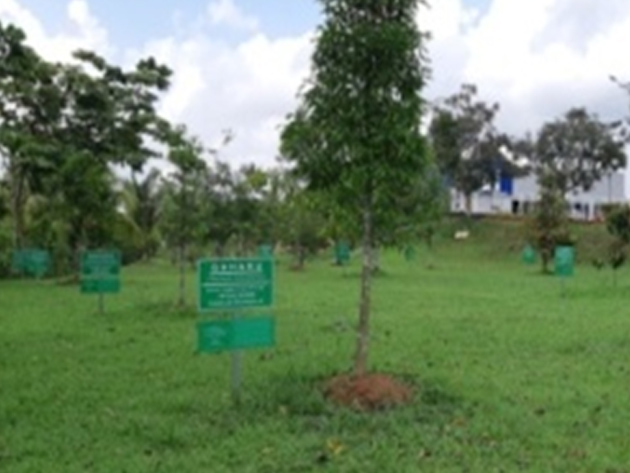
PT Komatsu Indonesia is working to conserve biodiversity to realize a sustainable society as a manufacturing company. The company has been promoting a reforestation project in a forest reserve in West Java, Indonesia, to cultivate different species of trees in an area of approximately 268 hectares. In addition to enriching the existing ecosystem, these activities have also helped to conserve various species of flora and fauna. In addition, Komatsu has enriched the ecosystem at its Indonesian site to grow about 40 different species of trees and plants, coexist with plants and animals in reservoirs and encourage birds to settle in the area. Recognizing that Komatsu's business activities depend on and affect biodiversity, the company will continue its efforts to contribute to biodiversity conservation.
